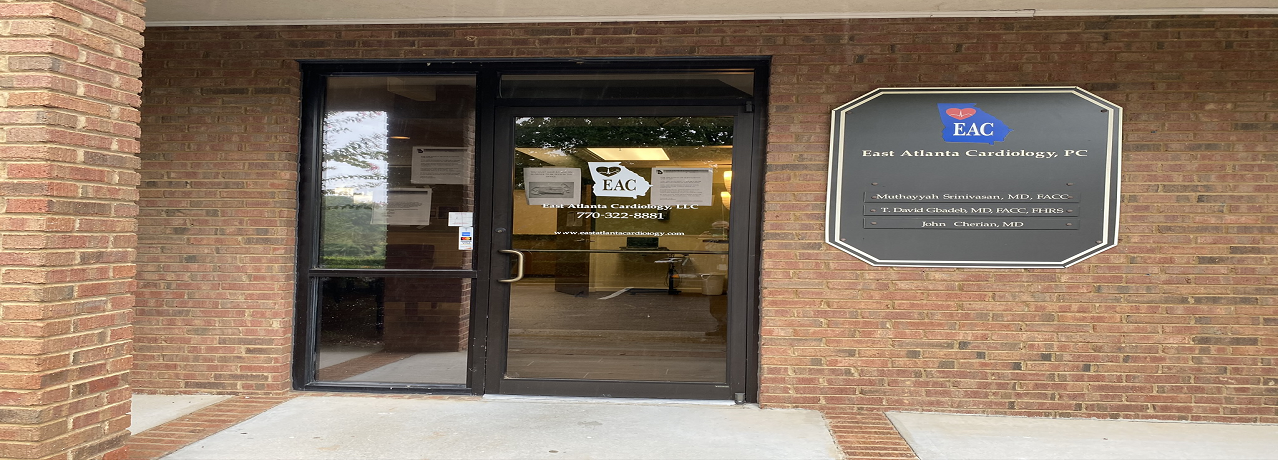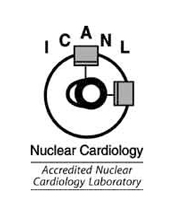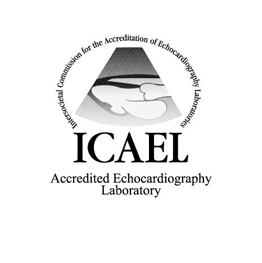
OUR TECHNOLOGY
Excellence in Cardiovascular Care
PACEMAKER INSERTION
What is it?
A pacemaker insertion occurs when a physician inserts a small electrical device just under the skin near the heart. A person receives a pacemaker when his or her heart rate drops to dangerously low rates.
WHAT IS A PACEMAKER COMPOSED OF?
A pacemaker has a pulse generator that is enclosed in a small metal case and one or more leads that each end in an electrode. The function of the pulse generator is to create electrical impulses that signal the heart when to beat. It is composed of a battery and small computer. The lead(s) are connected to the pulse generator and are placed to run through a large vein in the chest and end in the heart. The electrode is positioned so that it touches the heart wall. It serves two functions. The lead will send a message to the pulse generator advising of a patient�s current heart rate. If needed, it will then send an electrical pulse back to the heart causing it to beat. If a patient�s heart rate is beating at an adequate rate, no extra pulse will be sent to the heart.
WHAT TO EXPECT DURING THE PROCEDURE
A pacemaker insertion will be performed as an outpatient procedure at a local hospital. You will dressed in a hospital gown and an IV will be started. The procedure is performed with you lying on your back. An EKG will constantly monitor your heart and your vital signs will be frequently taken. A sedative will be given during the surgery, but most people are awake during the placement. A local anesthetic will be given to the pacemaker site and a small incision will be made after the anesthetic takes effect. A sheath is inserted into a vein leading to the heart and the lead will be advanced into the appropriate heart chamber. Once inside, the lead will be tested to ensure proper placement. The generator will be placed under the skin and the lead will be attached to the pulse generator. The skin will be sutured closed and a sterile dressing will be placed over the site.
WHAT TO EXPECT AFTERWARDS
After a pacemaker implant, you may be asked to stay overnight at the hospital. Plan for this ahead of time and bring an overnight bag. Once you are completely awake, you will be able to eat and drink. You should arrange for someone to drive you home once you are released from the hospital. Once home, you need to do the following:
1. Keep the insertion site clean and dry. No showering until cleared by your physician.
2. Report to your physician if you experience any of the following:
- •Fever/chills
- •Increased pain, redness, warmth or drainage from the surgery site
- •Chest pain/pressure or palpitations
- •Nausea/Vometing
3. Your doctor will instruct you when you can drive and resume normal activities. You may be instructed to limit the movement on the side of the surgery
4. Always carry your ID with you stating you have a pacemaker. Let airport screeners know that you have a pacemaker before walking through a metal detector. The detector wand should not go directly over the pacemaker generator. The magnet in a wand may affect the function of your device.
5. Turn off large motors when working close to them
6. You may not have an MRI unless you have a specially designed pacemaker
7. If you are planning on having surgery in the future, be sure to inform your surgeon that you have a pacemaker.





